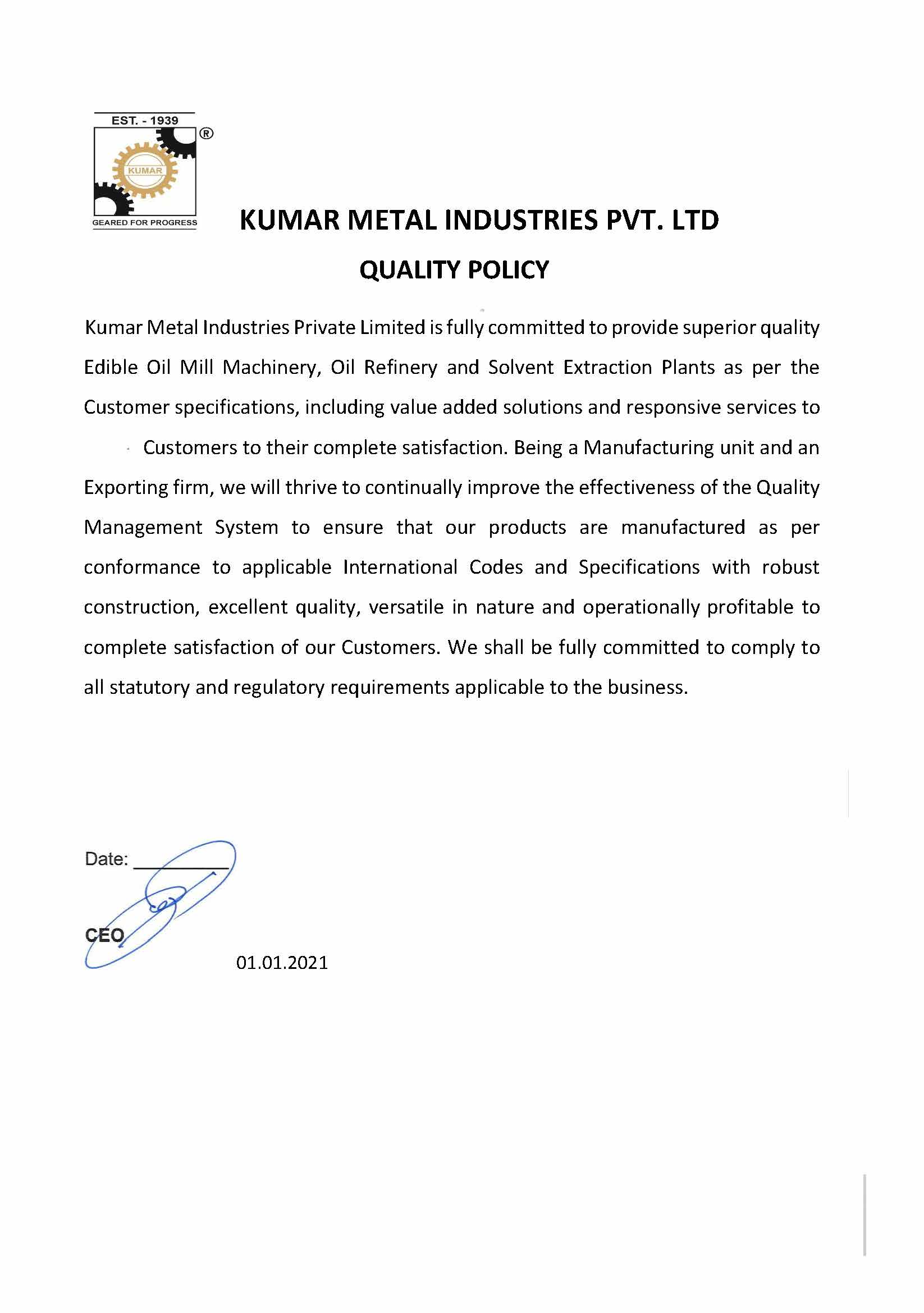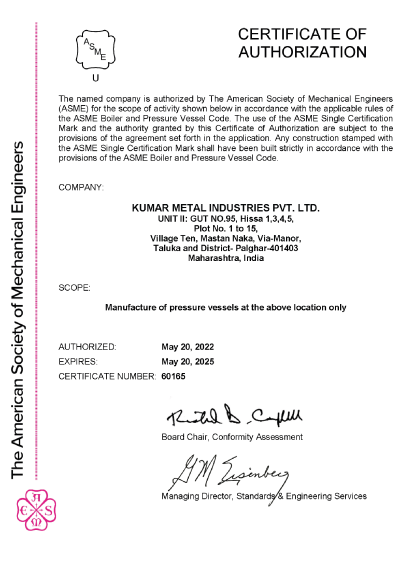Oil Refining

Crude vegetable oils extracted from seeds, fruits or kernels by mechanical extraction or solvent extraction process or a combination of both contain a variety of impurities and unwanted components like phosphatides, colour pigments, odoriferous compounds, metal contaminants and free fatty acids (FFA).
Oil refining removes these undesirable components to make oil suitable for consumption. Various methods to refine vegetable oils depend on the raw material quality and desired quality parameters of the refined oil.
The processes included in refining include degumming, neutralization, bleaching, dewaxing, deacidification or deodorization and winterization. The combination of processes used depends on the source of oils.
The refining process also depends on the methods used for the removal of free fatty acids including:
Chemical Refining
Free fatty acids are removed via neutralization by treating FFAs with caustic lye. It converts FFAs into soap stock, i.e. heavy phase, so they can be separated from the oil by centrifugal separation. Soap stock generated by neutralization is converted into acid oil by acidulation.
Physical Refining
FFAs are removed via deodorization and deacidification through distillation. Fatty acid distillate obtained is converted into value-added byproducts like pure fatty acid and tocopherol-rich fractions by further processing.
Physio chemical refining
Physio-chemical refining, a combination of physical and chemical refining, is increasingly becoming popular. It has a lower processing cost and enhanced quality of refined oil. This results in larger quantities of value-added byproduct, i.e. fatty acid distillate, that can be converted into pure fatty acids by fractional distillation or used as raw material in oleochemicals industry.
The steps in the oil refining process are as follows.
The first step in edible oil refining, the type of degumming, depends on the type of gums in the oil.
This process differentiates chemical refining from the physical refining process.
This process is common to physical and chemical refining and involves colour adsorption and the removal of phosphorous content, residual soap content, peroxide and metal contaminants.
The process in which high melting non-triglyceride components are separated by crystallization followed by filtration.
A standard process in both physical and chemical refining where colour adsorption takes place, removing phosphorous content, residual soap content, peroxide and metal contaminants.
The most critical process in edible oil refining removes volatile components from oil responsible for odour and reduces colour due to the heat bleaching effect.
The most critical process in physical oil refining removes free fatty acids and volatile components from oil responsible for odour and colour pigments.
A process in which high melting triglycerides, responsible for the formation of turbid oil during cold weather, are separated from the oil.
Kumar's Oil Refining range
Crown's Oil Refining range
The Kumar Guarantee
Our innovative engineering solutions and superior manufacturing standards help you optimise operating costs and improve efficiency. We dedicate ourselves to every project we take on to ensure a successful outcome for your company. We've delivered over 700 projects to over 500 customers in more than 65 countries. Let us help you deliver your next one successfully.














